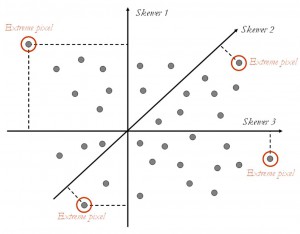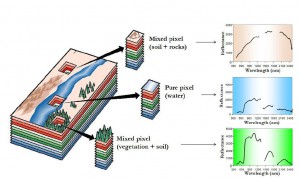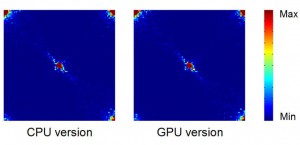Pixel Purity Index
Pixel Purity Index: An innovative algorithm with ENVI
Hyperspectral Imaging is a useful remote sensing application for geospatial analyst. It usually helps users to analyze image with a relatively accurate classification. However, hyperspectral imaging also provides a potential problem of classification, that is, mixture of different land use in one pixel.
During 21st century, a new algorithm has been developed to solve the problem above. This method is called pixel purity index (PPI). PPI helps identifying the difference between different “mixed landscapes” and maximize the ability of classification. It is an algorithm utilized in commercial softwares such as ENVI. Beginners and regular users may simply follow the guideline in the software to produce relatively better classification from default program.
To optimize the function of PPI, researchers have been applied and implemented PPI in different studies. Newest researches have tried to develop PPI algorithm for GPU (Sanchez and Plaza, 2010). This brings interesting news for GIS companies, governments and research agencies, because the classification is tending to be more mature and accurate.
written by: Derrick Ho
Pixel Purity Index: An innovative algorithm with ENVI
Hyperspectral Imaging is a useful remote sensing application for geospatial analyst. It usually helps users to analyze image with a relatively accurate classification. However, hyperspectral imaging also provides a potential problem of classification, that is, mixture of different land use in one pixel.
During 21st century, a new algorithm has been developed to solve the problem above. This method is called pixel purity index (PPI). PPI helps identifying the difference between different “mixed landscapes” and maximize the ability of classification. It is an algorithm utilized in commercial softwares such as ENVI. Beginners and regular users may simply follow the guideline in the software to produce relatively better classification from default program.
To optimize the function of PPI, researchers have been applied and implemented PPI in different studies. Newest researches have tried to develop PPI algorithm for GPU (Sanchez and Plaza, 2010). This brings interesting news for GIS companies, governments and research agencies, because the classification is tending to be more mature and accurate.
The following are the diagrams captured from the Sanchez and Plaza’s research paper of PPI:



written by: Derrick Ho


